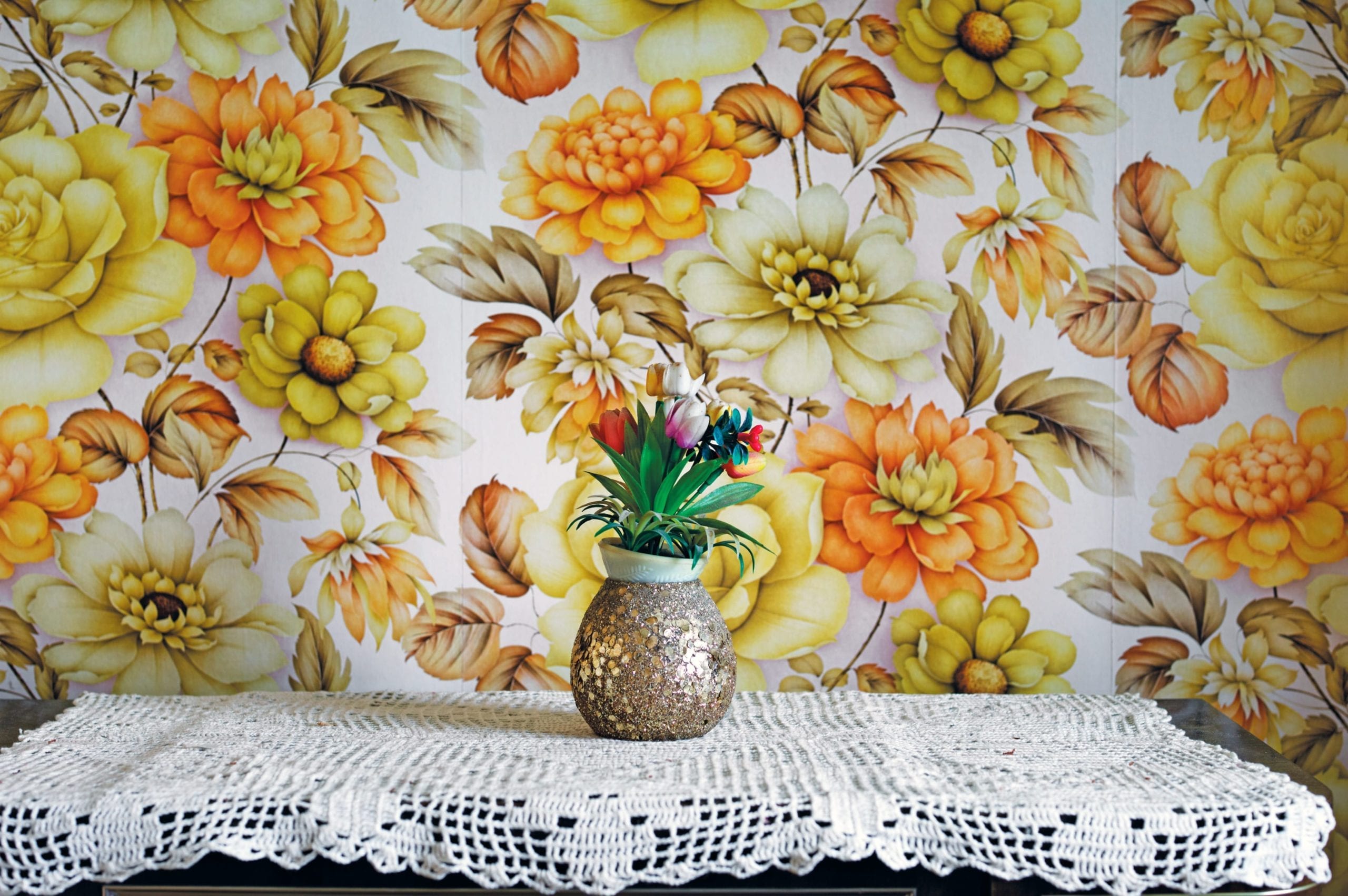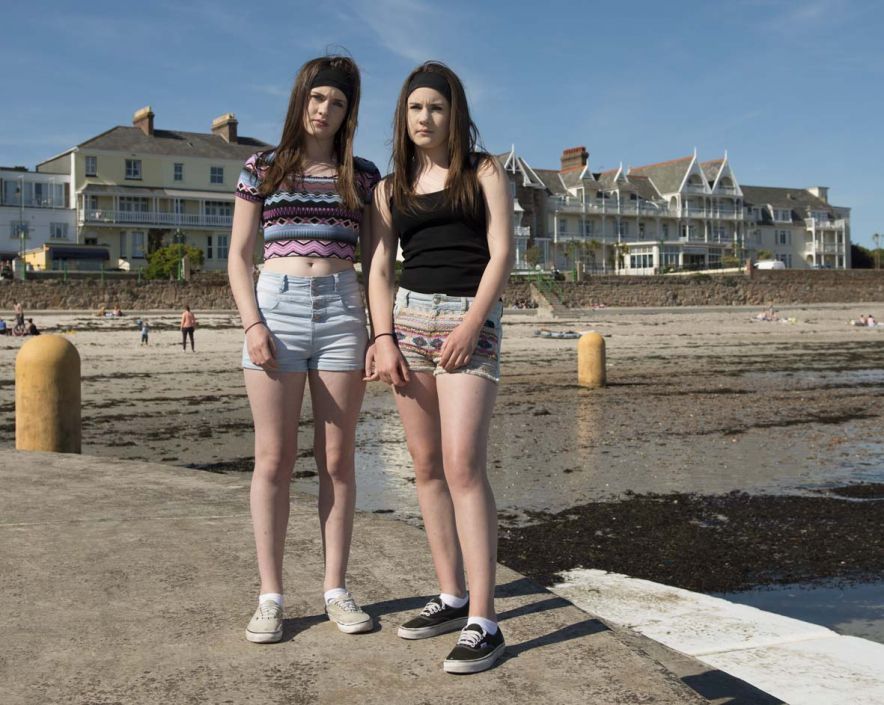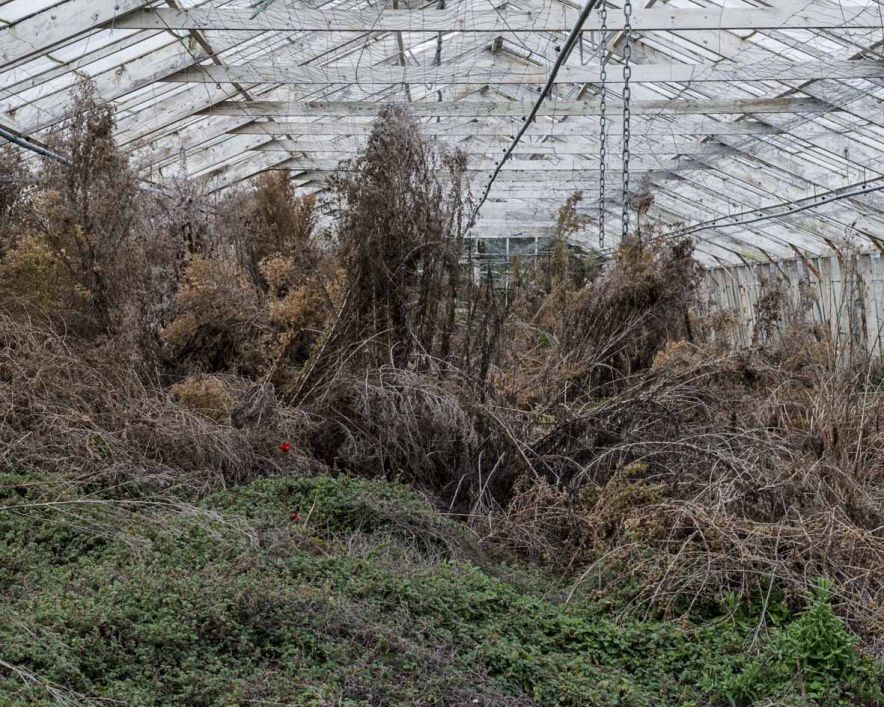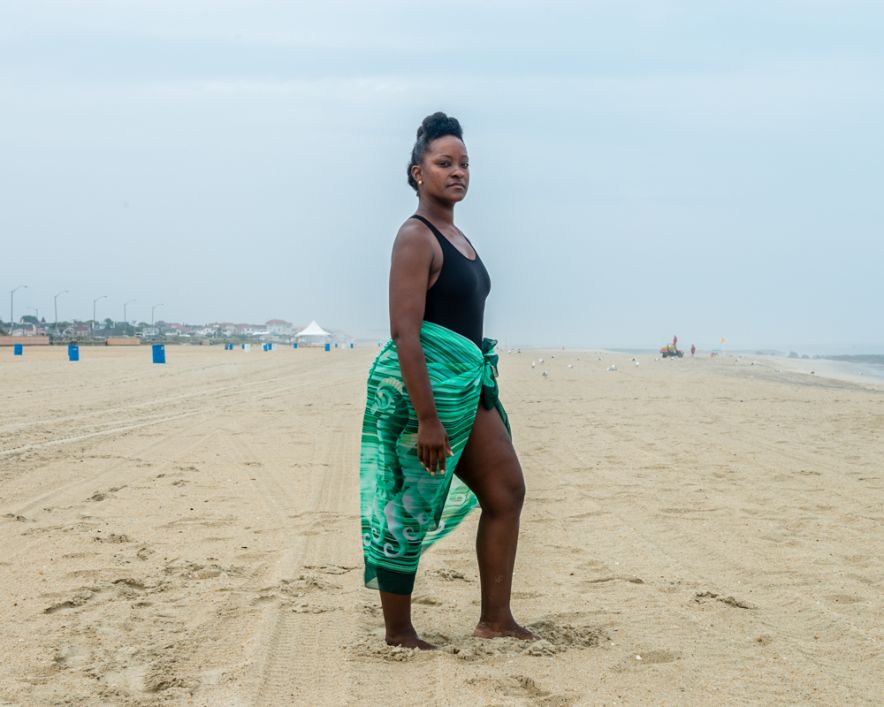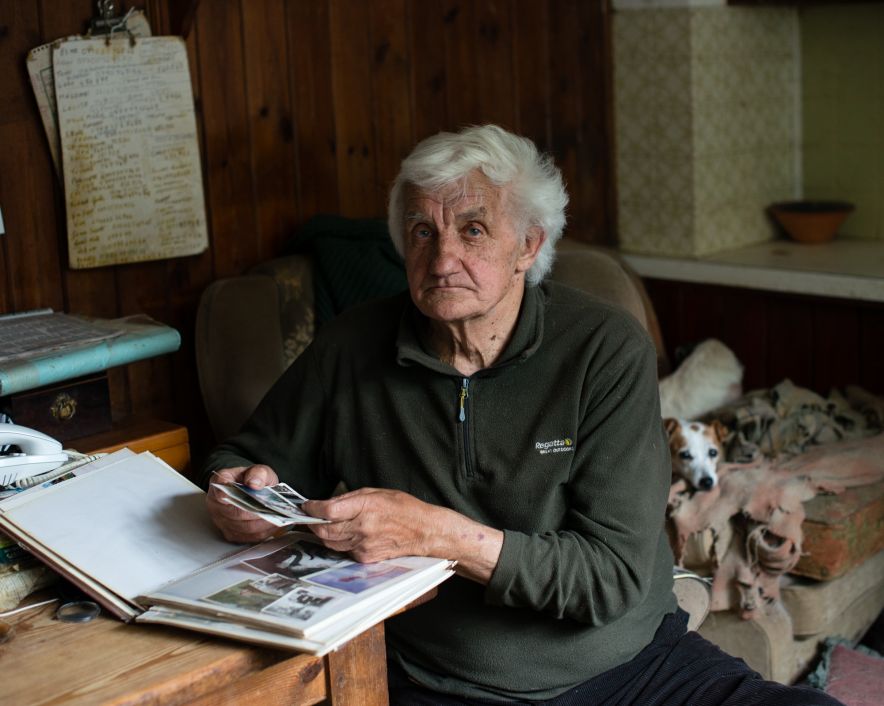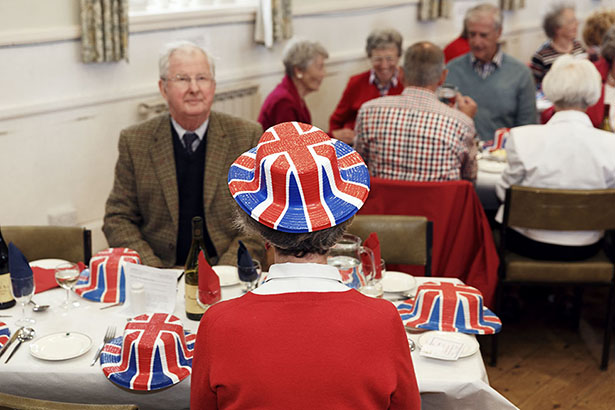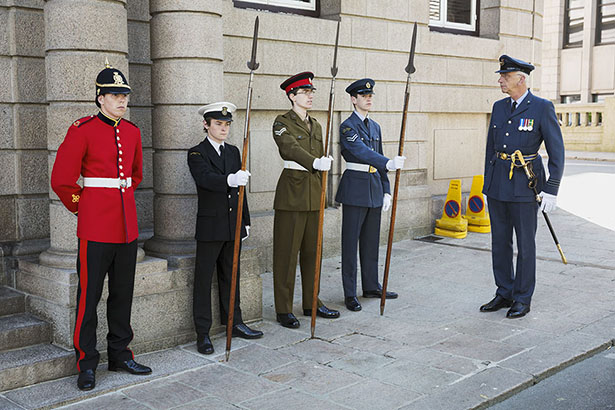Internship
Today was my first day as an intern at the Société Jersiaise Archives. I am undergoing a 6 week internship (over the course of half term). The idea of the internship is to spend a couple of hours each week down at the archives, in order to aid my studies for my Personal Study project.
I am working with the Société Jersiaise Photographic Archivist Gareth Syvret. He is assisting and guiding me in my studies and providing me with resources the archive has to offer with relevance to Le Feuvre family.
Review
This first session was very much an introduction to the course of the six week internship.
To begin with Gareth showed me a copy of two photographic books. The first book was by French photographer Camille Silvy who took portraits of around 17,000 people in London during the Victorian Period. For comparative purposes Gareth then showed me another collection of photographs, this time by Scottish born Jersey based portrait photographer William Collie. Gareth explained the difference in the two photographers in how they documented their work. While Silvy made his photographs in chronological order with specific dates and a coding system to organise the archival documentation of what was made, Coille was perhaps more artistic in his approach – ordering the pages of his album in terms of status order in which the highest status individuals in Coille’s opinion is at the front of the album, descending down in terms of wealth, power and importance as the book progressive – On reflection whilst it can be argued that Slyvie’s is a collection of images is simply an objective documentation of who lived in London at the time, Coille’s collection on the other hand can be viewed more subjectively from a socio-political stance, his own artistic interpretation being used possibly to challenge and drew questions surrounding the nature of class division within 19th Century Jersey Society.
After this introduction to how the archives operates, we then sat down at the Archive Database in an attempt to uncover archival information about my Grandfather. After a few minutes it was apparent that we couldn’t find much out about my Grandfather. We instead decided to find out information about his father, Francis Vibert Le Feuvre.
A lot more information about this ancestor (my Great -Grandfather) could be sourced. It was revealed that my Grandfather was born in St Peter, Jersey – 1871. In a short space of time we found a stack of archival material relating to my Great Grandfather and other members of his family. In total we found the following;
- 4 Census records, ranging from 1881-1911.
- The Resigration Card of Francis Vibert Le Feuvre (Ordered)
- The Will of Francis Vibert Le Feuvre (Ordered)
- List of Jersey Jurats 1665-1972
- Group Portrait of Francis with fellow Jurats in 1910

- Documentation of Francis’ membership in the Societe-Jersiaise 1933
- Group portrait (potentially) of three of Francis’ son Phillip, Edward and Jack – need to check authenticity
Quick Biography of Francis V. Le Feuvre
- From what we have gathered he was the son of Philip and Ester Le Feuvre from St Ouens.
- Born in 1872 or 1873.
- Philip died some point in the period of 1881-91 – lived alone with mother Ester in St. Ouens.
- Francis began to work as a farmer at around the age of 18 (as shown on the 1891 St Ouen’s Census).
- Married Lydia Vibert in 1903.
- (According to 1911 Census) 5 children; Jack (not mentioned on Census), Dorothy (7), Enid (6), Edward (3) and Edna (1). His mother, Ester Le Feuvre and aunt Elize Le Blancq + 2 servants also lived with the family.
- Occupations: Farmer ( Listed 1891 + 1911), General Merchant (Listed 1901) + Chief de Police = Honorary Police Force (Listed 1911).
- My Grandfather born 1921 – youngest of 9 children.
- Became ‘Jure-Justicier de la Cour Royale’ (Jurat of the Royal Court) in 1931.
- Died 1952 (age 79).
Evaluation
I found this research to be extremely useful and interesting. I have seen first hand the effectiveness of using archival material to get accurate and clear evidence. It is also very interesting to see this evidence directly – documents from the past have a certain haunting presence to them, the sense of re-animating the past into the present. The document which I found particularity interesting were the series of 3 Census’ which Gareth uncovered, ranging from 1881-1911. It was really fascinating to see this Census document because it showed direct evidence of the ages, occupational and status of my ancestors. Which family members (and others) lived in the family home at particular times is a useful indication of how the structure of the family unit operate at different times, and thus how various circumstances effected this.























